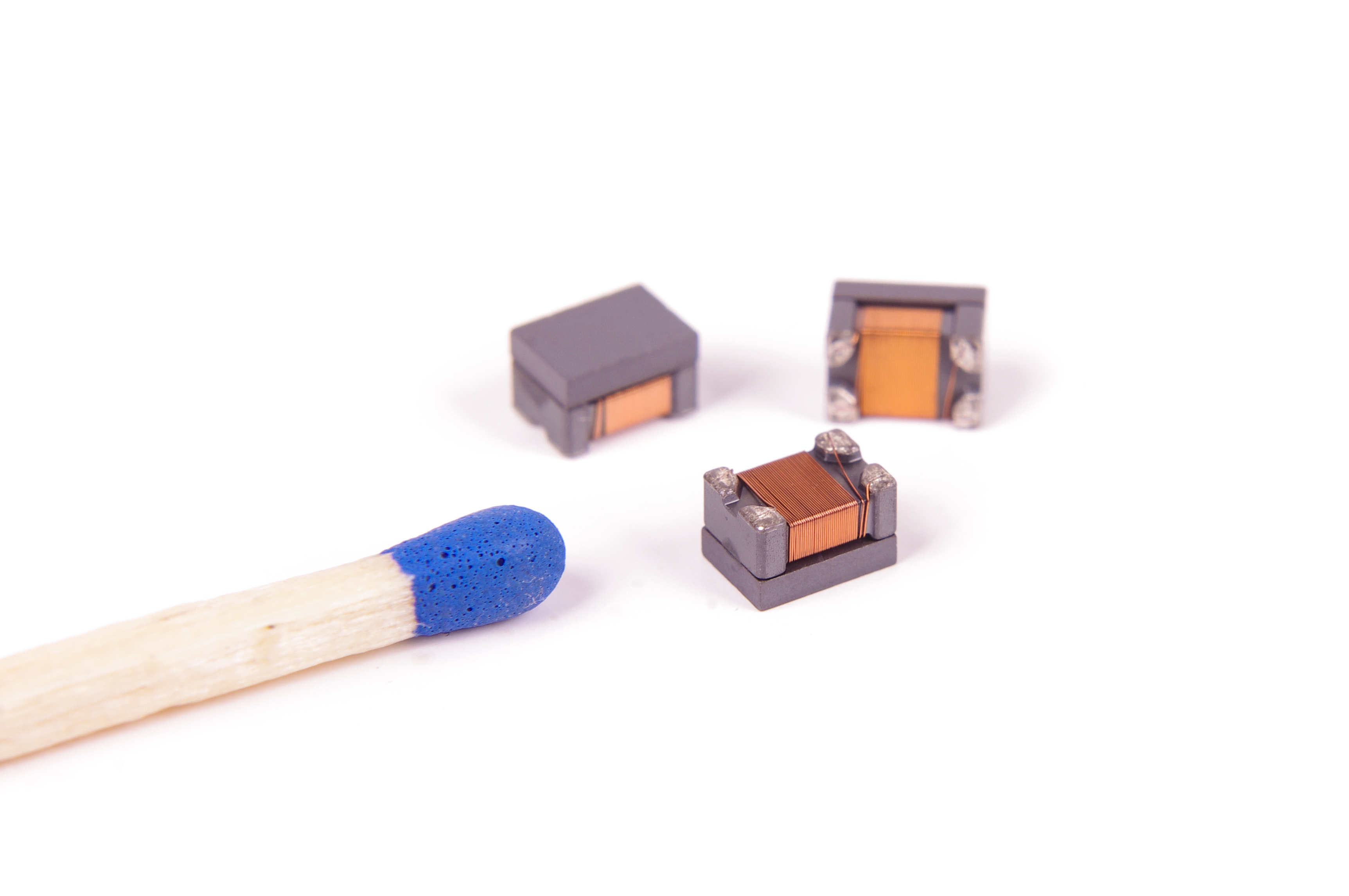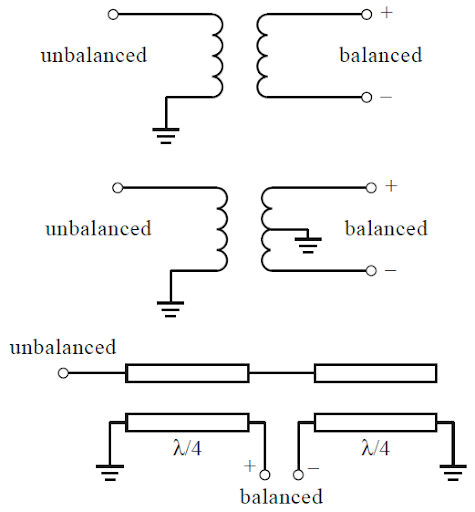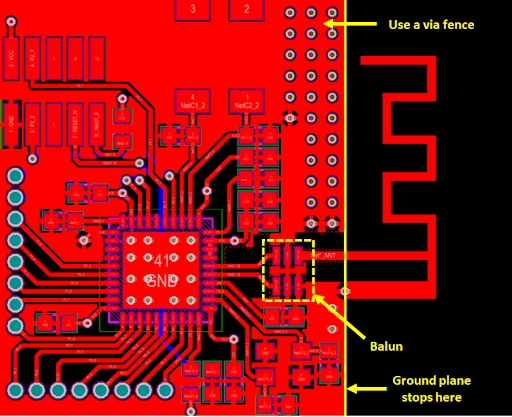What is a Balun and Does Your RF PCB Need One?

One term that gets thrown about in RF PCB design topics is the use of a balun, but it can sometimes be unclear what these devices do or why they’re needed. In RF PCB design, there is sometimes a need to impedance match and convert between balanced/unbalanced signals simultaneously. This is where a balun comes in handy.
If you’re wondering what is a balun in more detail, keep reading as this can be a rich topic. Some descriptions of baluns can be rather esoteric or simplistic, so I’ll do my best to be succinct and relate this to PCB design concepts most designers are familiar with. Hopefully, you’ll have enough background information to select your balun and incorporate one into your PCB layout.
What is a Balun?
Very simply, a balun is a device that converts an unbalanced (single-ended) AC signal into a balanced (differential) AC signal. A balun can take many forms, although the most commonly used for low-frequency RF signals (e.g., CATV and TV antennas) is a simple transformer or set of coupled inductors. By converting between a single-ended RF input signal and a differential signal, the signal can be input into a differential receiver, dipole antenna, or other differentially operated components.
Here are some examples of baluns you can find in common RF systems:
- Simple transformer. This is probably the simplest type of balun, but it is also the most bulky. The
- Center-tapped transformer. This is a better option for a transformer balun. The center tap on the transformer provides the shared reference net for the balanced signal. The impedance on each side of the balun depends on the turns ratio between the untapped and one-half of the tapped side.
- Coupling in LC circuits. You can create a circuit with effectively the same impedance transformation function as a center-tapped transformer by taking advantage of coupling between reactive elements in an LC circuit. This is a more complex topic involving simulations in LC circuits. You can see an example of a balun created from LC components in a recent project by Mark Harris.
- Distributed balun designs. These balun designs are more complex as they take advantage of coupling impedance between traces printed on a PCB. Similar structures are also used to place a balun in an integrated circuit.
The final type of balun I’ve listed spans a large range of designs that require careful layout of printed elements on a PCB. This is one aspect of RF PCB design that most designers may find esoteric. Thankfully, there are many designs in microwave engineering textbooks and the research literature that provide a good starting place for balun design. The image below shows two transformer baluns and a simple quarter wavelength balun that can be printed onto a PCB.

Baluns find their home in passive amplifiers, frequency multipliers, phase shifters, modulators, and dipole antenna feeds. Within these applications, a balun performs two important functions.
Impedance Matching
One important function of a balun is to provide impedance matching between the balanced and unbalanced ends of the balun. In transformer baluns, for example, this would be done by selecting the appropriate turns ratio, or rather the ratio of primary and secondary coil inductances. An ideal balun will have a return loss of S11 = negative infinity.
Isolation
Because baluns transfer power through electrical or magnetic coupling, they provide some natural isolation between balanced and unbalanced signals. As long as the balun is designed correctly, this nicely helps isolate radiated EMI from passing between each side of the balun. The balanced end of the balun also has high common-mode noise immunity if the signal is fed into a differential receiver.
How to Layout an RF PCB With a Balun
There are two challenges in working with baluns in an RF PCB layout: laying out the balun itself, and laying out the unbalanced and balanced lines. Follow the same strategy you would use in other RF PCBs:
- Provide isolation between circuit blocks, such as with via fences or electronic bandgap structures (EBGs)
- Opt for shorter traces and match impedances when needed
- Try to grid up the layout so that different functional blocks are in different locations on the board
When used on a dipole antenna feedline, place the balun right up to the edge of the ground plane region and route the balanced output directly to the antenna. This is normally done on an inverted-F antenna or other microstrip antennas. Going the other direction, such as with a monopole antenna or a coaxial connection (i.e., unbalanced antenna with U.FL connector), you should do everything over a ground plane regardless. To provide high isolation, you can put grounded guard vias around the feedlines, as well as between the antenna region and other circuitry.

Once you understand what a balun is, it’s much easier to determine which type of balun will be best for your RF PCB. Once you’ve got the balun you need, you can use the complete set of CAD tools in Altium Designer® to layout a printed balun and the rest of your RF PCB layout. When you need to share your work with your collaborators, you can use the Altium 365® platform to share and manage your design data.
We have only scratched the surface of what is possible to do with Altium Designer on Altium 365. You can check the product page for a more in-depth feature description or one of the On-Demand Webinars.
